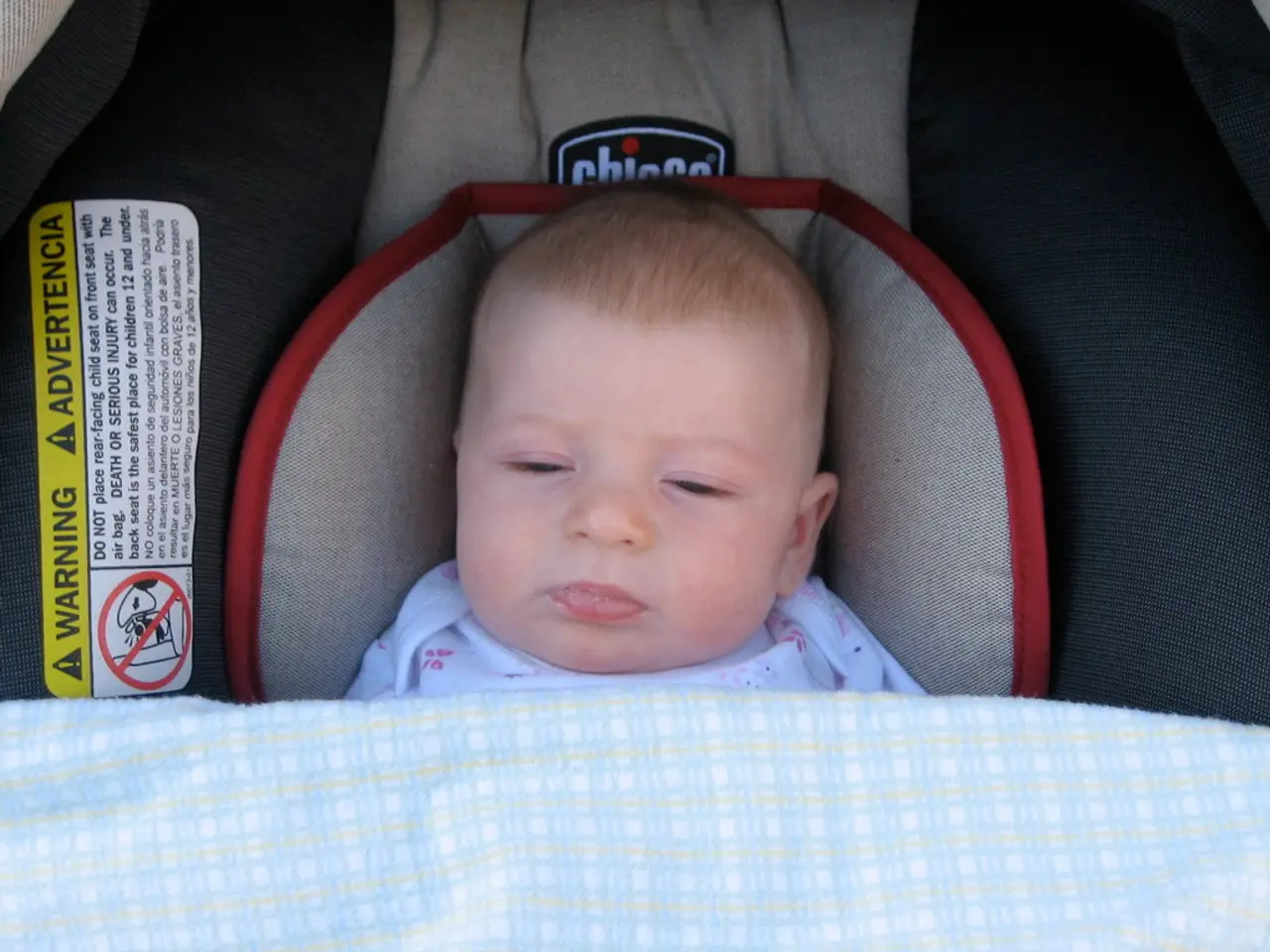Safeguarding Your Home: Essential Steps for Childproofing and Preventing Injuries to Young Ones
Home safety is a critical concern for parents and caregivers in Australia, as children are often vulnerable to various hazards that can lead to injuries or accidents. This article outlines the most common home safety hazards for children in Australia and the preventative measures that can be taken to ensure a safer environment.
Physical Injuries (Cuts, Fractures, Head Injuries)
Physical injuries are the most frequently reported types of child injuries at home. They can be prevented by identifying hazards, constant supervision, and using safety devices such as corner guards on furniture or safety gates. Services and caregivers must have effective systems to identify and mitigate risks continuously (source 1).
Drowning in Home Pools
Pools are high-risk for drowning, particularly for children aged 0-4. Proper fencing that complies with legal standards, locked gates, and constant adult supervision are essential to reducing drowning risks (source 3).
Fire Hazards
The kitchen is the leading area for house fires, often caused by unattended cooking, electrical faults, or flammable materials near heat sources. Electrical fires and heating-related fires start commonly in bedrooms. Preventative measures include never leaving cooking unattended, keeping flammable items away from heaters or stoves, careful use of electrical appliances, and turning off portable heaters when not in use (source 4).
Slips and Falls
Wet or slippery floors, especially in winter, cause many accidents. Regularly wiping floors, using non-slip mats, and ensuring safe footwear can help prevent slips and falls (source 2).
Protective Systems and Supervision
Australian regulations require that those caring for children take every reasonable precaution to protect them from harm and hazards, supported by good record-keeping, a culture of risk assessment, and ongoing review of safety measures (source 1).
Community and Regulatory Safety Measures
The Blue Card system in Queensland helps ensure that adults and organisations working with children uphold child-safe practices, which indirectly contribute to safer environments for children (source 5).
Additional Safety Measures
- Pools or spas 30cm or deeper should be secured with a compliant safety barrier and self-latching gates. Make sure the whole family knows how to swim and safely behave around water.
- Low-lying power points that are within reach of children can pose electrocution risks. Outlet plugs or strategically placed furniture can help reduce these risks.
- RACV Trades can help with various home safety improvements.
- A build-up of oil, grease, soap, or other slippery substances on walking surfaces can cause slips and falls.
- Keep your medication out of reach or locked away to safeguard children. Installing magnetic locks or other safety latches on cupboards that contain potentially harmful chemicals or medicines is a good idea.
- Children can drown in just 20 seconds in as little as a few centimetres of water. Keep anything that can hold water empty when not in use, and never leave a child alone in a bath.
- Glass doors should be fitted with a distinctive safety band or decal to avoid mistaking them for open doorways.
- The leaning mirror you have in your bedroom and the fully stacked bookcase might look nice, but once your baby is on the move and climbing all over your furniture, heavy objects including tallboys, TV units, and dressers, need to be secured to the wall.
- Damaged appliance cords, power points, or light switches should be avoided, and any electrical work should be done by a licensed electrician.
- Older individuals should consider installing coloured edge strips on each step for better visibility, and ensuring stairs are well-lit.
- Installing stair gates at the top and bottom of the steps is recommended for homes with young children.
- Drawers containing sharp objects like knives, nails, or screwdrivers should be secured to prevent access by curious children.
- Curtain and blind cords can strangle and seriously injure or kill a young child. Unsecured blinds or curtain cords claim the lives of one to two Australian children a year.
- Furniture near windows can pose a fall risk for young children. It's advisable to avoid leaving furniture near windows or to install strong security mesh on windows.
- It's important to keep anything potentially toxic out of reach of small children, as most poisoning incidents occur in children aged five and under.
- Consumer Affairs Victoria offers a free cord-safety device to retro-fit old curtains and blind cords that Victorian residents can order online.
- Preventable injuries are a leading cause of death and hospitalisation for Australian children, with most incidents occurring in the home.
- Hot water at 68 degrees can cause a full skin-thickness scald in just a second. Older hot water systems may not be heat regulated, and it's recommended to install a tempering valve to reduce bathroom water temperature.
- It's important to have a good look around your home to try to identify potential risks such as tripping hazards, dangerous curtain cords, drowning risks with pools, unsecured bookshelves, and low-lying medicine cabinets.
In conclusion, the most common home hazards for children in Australia are injuries from cuts/fractures/head trauma, drowning at home pools, fire risks, and slips/falls. Addressing these involves active supervision, environmental hazard reduction (like pool fencing and kitchen safety), fire and electrical safety measures, wet floor management, and adherence to child safety laws and guidelines. By taking these precautions, parents and caregivers can help ensure a safer home environment for children.
- Ensuring safety protocols in health-and-wellness practices, such as regular risk assessments and good record-keeping, can help protect children from harm at home (source 1).
- Adopting habits like using non-slip mats, keeping flammable materials away from heat sources, and securing furniture and appliances can help mitigate the risks of slips, falls, and fire hazards at home (Generalizing from the text).




